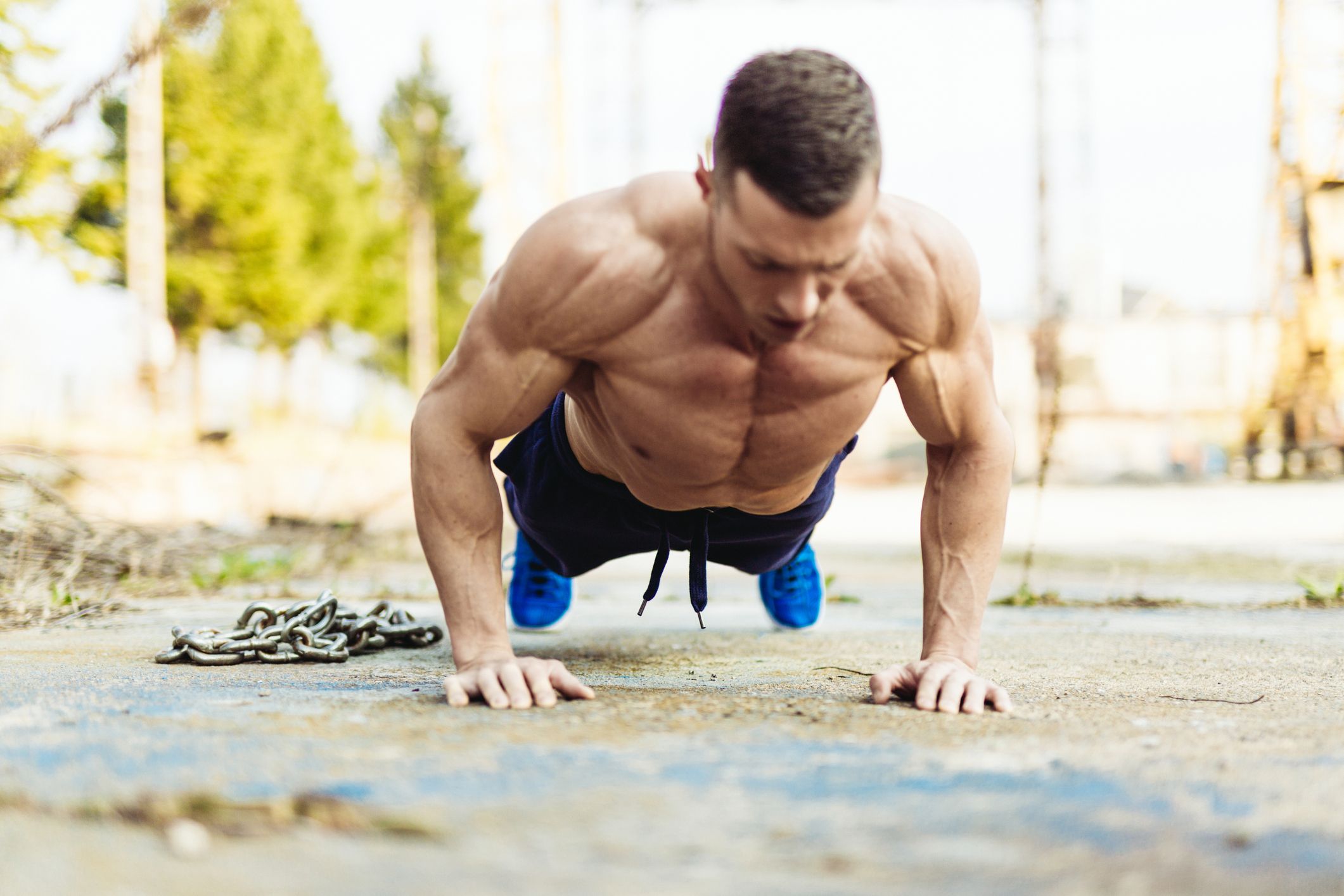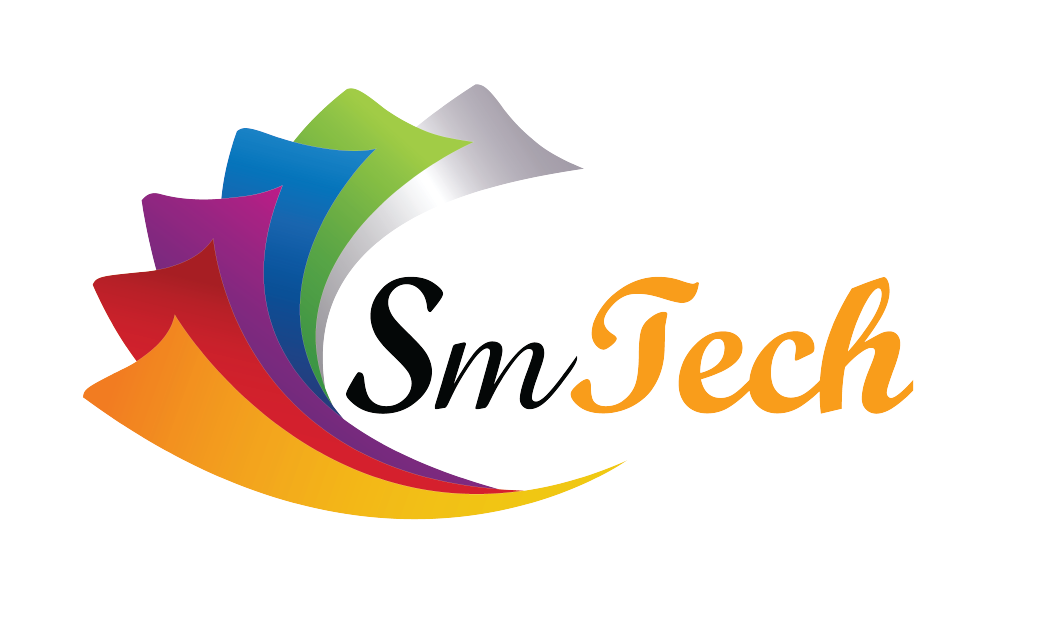Excersice For Beggnier, If you're new to the gym, it can be overwhelming to navigate the different types of equipment and exercises available. But with a little guidance, you can start building a workout routine that is effective, safe, and enjoyable.
Here are some tips and exercises to get you started on your fitness journey as a beginner:
Warm-Up: Start your workout with a 5-10 minute warm-up to get your muscles ready for exercise. You can do this by walking on the treadmill, cycling, or doing some dynamic stretching.
Strength Training: Strength training is essential part of workout routine. It helps build muscle and increase your metabolism. Some exercises you can try as a beginner include:
Squats: Stand with your feet shoulder-width apart, and bend your knees, lowering your body until your thighs are parallel to the floor.
Lunges: Step forward with one foot and bend both knees, lowering your body until your front thigh is parallel to the floor. Push through your front heel to return the starting
Push-Ups: Start in a plank position with your hands shoulder-width apart. Lower your body until your chest touches the floor, and then push up to return to the starting position.
Dumbbell Rows: Hold a dumbbell in one hand and place your opposite knee and hand on a bench. Pull the weight up towards your chest, keeping your elbow close to your body.
Cardiovascular Exercise: Cardiovascular exercise helps improve your heart health and burn calories. As a beginner, you can start with low-impact exercises like:
Walking on a Treadmill: Set the treadmill to a comfortable speed and incline, and walk for 20-30 minutes.
Cycling: Use a stationary bike or join a spin class to get your heart rate up and burn calories.
Elliptical: This low-impact machine is great for beginners as it's easy on the joints.
Cool-Down: End your workout with a 5-10 minute cool-down to lower your heart rate and stretch your muscles.
Remember, it's essential to listen to your body and start with lighter weights or lower-intensity exercises if you're new to the gym. Gradually increase the weight or intensity as you get stronger and more comfortable. And always consult with a personal trainer or medical professional before starting a new exercise routine.
If you're new to healthy eating, it can be challenging to know where to start. A good diet plan for beginners should include a variety of nutrient-dense foods that are easy to prepare and can be enjoyed throughout the day. Here are some tips to help you create a healthy diet plan:
Start with a Balanced Breakfast: Eating a nutritious breakfast can help you start your day off on the right foot. Aim for a combination of protein, healthy fats, and complex carbohydrates. For example, try scrambled eggs with spinach, avocado, and whole-grain toast.
Plan for Snacks: Healthy snacks can help you stay energized and prevent overeating later in the day. Some good options include sliced veggies with hummus, Greek yogurt with berries, or a piece of fruit with nut butter.
Focus on Whole Foods: Whole foods are nutrient-dense and can provide your body with the essential vitamins and minerals it needs to function properly. Try to incorporate a variety of whole foods like fruits, vegetables, lean proteins, whole grains, and healthy fats into your diet.
Mind Your Portions: Pay attention to how much you're eating and try to stick to appropriate portion sizes. A good rule of thumb is to fill half of your plate with veggies, a quarter with protein, and a quarter with complex carbs.
Stay Hydrated: Drinking plenty of water is essential for overall health and can help you feel full throughout the day. Aim for at least 8-10 glasses of water per day.
Remember, it's important to listen to your body and make adjustments as needed. Start with small changes and gradually build on them as you become more comfortable with healthy eating habits. And always consult with a healthcare professional before starting a new diet plan.
If you're new to exercise, it can be overwhelming to know where to start. The best exercises for beginners are those that are easy to learn, low-impact, and don't require any equipment. Here are some of the best exercises for beginners:
Walking: Walking is an excellent low-impact exercise that can be done almost anywhere. Start with a 10-15 minute walk and gradually increase your time and distance as you feel comfortable.
Bodyweight Squats: Bodyweight squats are a great exercise for strengthening your legs and glutes. Stand with your feet shoulder-width apart, bend your knees and lower your body down as if you're sitting in a chair. Make sure to keep your knees in line with your toes and your weight in your heels.
Plank: The plank is a great exercise for strengthening your core muscles. Start on your hands and knees, with your hands shoulder-width apart. Step your feet back so that your body is in a straight line from your head to your heels. Hold the position for as long as you can.
Push-Ups: Push-ups are a great exercise for strengthening your chest, arms, and shoulders. Start on your hands and knees, with your hands shoulder-width apart. Lower your body down until your chest touches the ground, and then push back up to the starting position.
Bridges: Bridges are a great exercise for strengthening your glutes and lower back. Lie on your back with your knees bent and your feet flat on the ground. Lift your hips up towards the ceiling and hold for a few seconds before lowering back down.
Remember, it's important to start slowly and gradually build up the intensity and duration of your workouts as you become more comfortable. And always consult with a healthcare professional before starting a new exercise routine.
















